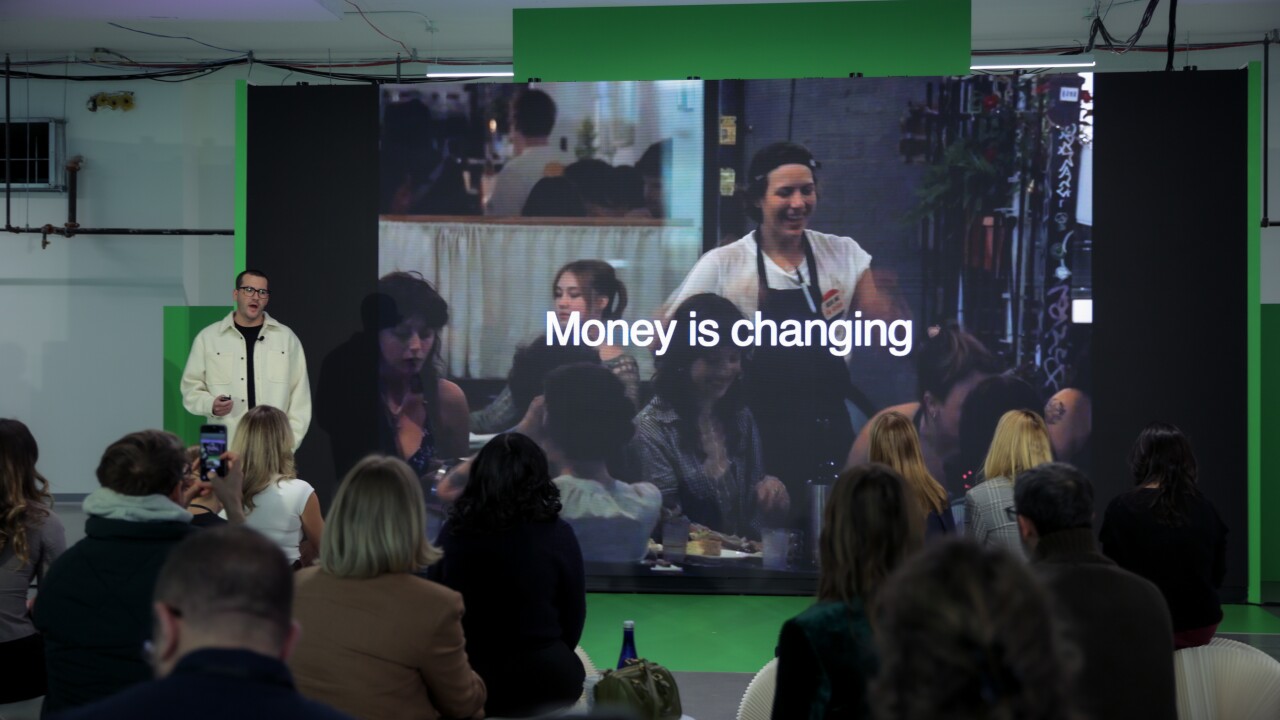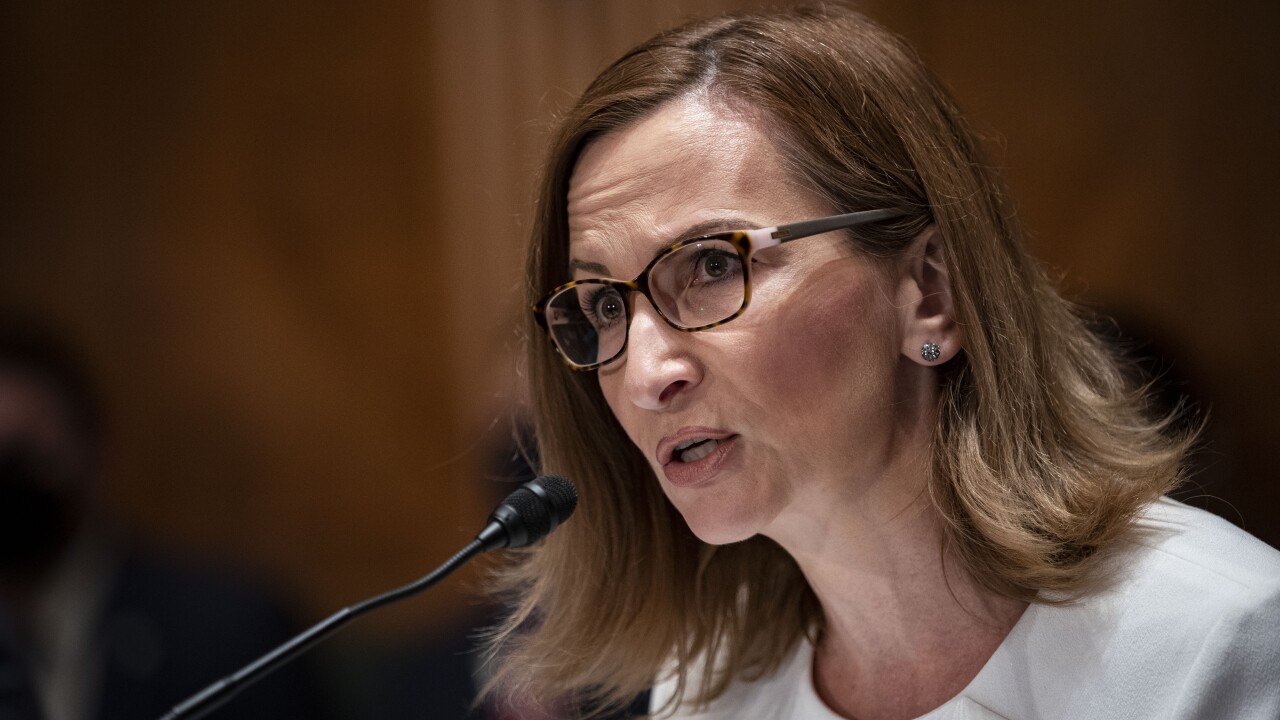Editor’s note: This is an altered version of an article that
When Mike, a character in Ernest Hemingway’s “The Sun Also Rises,” is asked how he went bankrupt, he famously replied: “Two ways, gradually and then suddenly.”
The “gradually then suddenly” line has been used in countless ways in the years since Hemingway wrote it, but lately it has become a popular way to describe the way in which market change in the 21st century can seem to occur gradually, beneath the surface, until the impact of those changes suddenly become impossible to ignore. The seismic changes in retail commerce and journalism are just two examples.
Given the mass adoption of digital banking, it might be easy to think that financial services has already gone through its “sudden change” phase, but the change we’ve seen in banking so far likely falls more into the “gradual” category, with the “suddenly” category fast approaching.
This doesn’t just reflect the standard chatter about digital disruption — the change is likely to have industry shifting agility and economic impact.
Consider an Oliver Wyman
If you’re looking for an indicator that the industry is transitioning from “gradually” to “suddenly,” look no further than the results from a
Another consideration for bank marketers is that among
These changes will create a separation between banks, and while it’s simplistic and reductionist to sort them into two groups, I’m going to do it anyway.
The first type I will call the “digitally designed bank.” Some of these banks might be well-known banks today, some might be new banks you’ve never heard of, and some may be digital companies you know today but don’t think of as banks. Companies like Square, PayPal, Google and others are pursuing regulatory approval to expand their services in ways that might look very different to an educated banker (e.g., a lack of federal deposit insurance) but might not look all that different to someone looking for a convenient way to pay for things with their mobile device.
These digitally designed banks won’t be successful simply because of their technology spend, but they will leverage entirely different organizational constructs, such as the Agile methodology for product development as well as customer experience improvements. Digital isn’t a technology — it’s a state of mind.
The second type of bank I will call the “digitally aware bank.” These banks will likely be a consolidated version of the midsize and smaller banks of today. They won’t lack digital services — there won’t be room in the future for banks that ignore the digital world — but the word “digital” to them will refer to a layer that rests upon the traditional footprint of banking today. They will continue to depend upon legacy core processing and extensive physical branch networks to deliver their services — both of which imply commoditization and cost.
Of course, the banking industry is not insulated from big societal shifts, and it is concerning to consider how these two types of banks will play into the same forces of wealth concentration and the urban/rural divide we see in the United States today. Banks who mass-mail credit card offers understand the concept of “negative selection,” where consumers with the lowest credit scores disproportionately act on the bank’s offer, thus increasing the risk of loss. Might a similar dynamic play out as those customers with less wealth and an aversion to digital banking negatively select the less digitally sophisticated banks, thus increasing bank costs and limiting the services the customer is able to receive? It isn’t difficult to see how this cycle could perpetuate itself in troubling ways.
But despite incendiary blog posts and dramatic conference presentations portending the demise of the industry, all is not doom and gloom for banking. I’ve long believed that banks’ reputation for stodginess is often undeserved. Many of the digital technologies we use today in other industries were introduced or significantly advanced by bank innovation. Mobile banking, bill payment, mobile check deposit and a host of other consumer-friendly services have created a standard that other industries have been trying to emulate. Airline check-in kiosks might have looked new-age until you consider how long ATMs have been dispensing money (money!) error-free.
It’s often hard to truly understand the sudden changes that are about to occur in an industry, even if that change is imminent and predicted. If you were to have made a prediction some years ago that “e-commerce is going to radically alter the retail landscape” you would have been right, yet your understanding of that phenomenon would have been somewhat removed and academic. But now that we are well into the unfolding of that prediction, your experiences of local job loss, store closures and magically appearing Amazon shipments make that change more real and visible.
A similar process will unfold with banking. While predictions of its imminent change will of course be “true,” they will still miss people’s sudden experience with consolidating institutions, disappearing branches and new digital-only services offered by strangely named fintechs. They will experience traditional banking receding from their physical experience while more deeply integrating into their digital lives.





